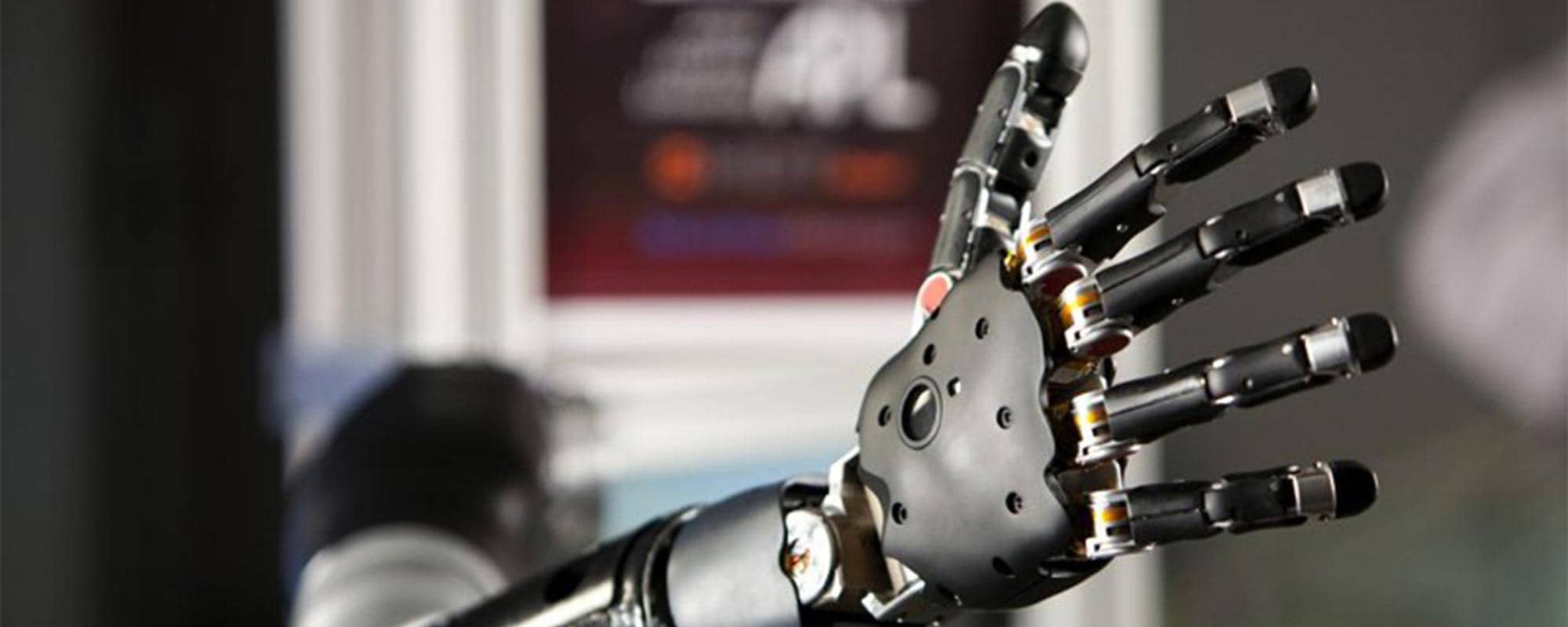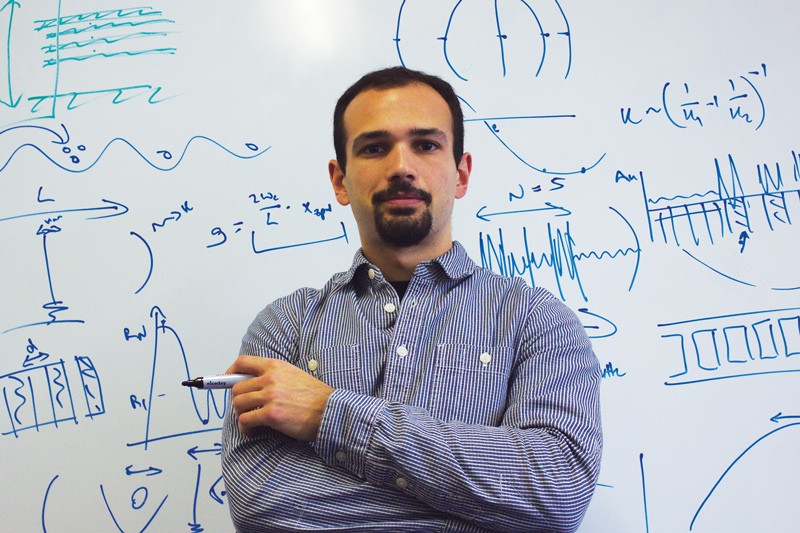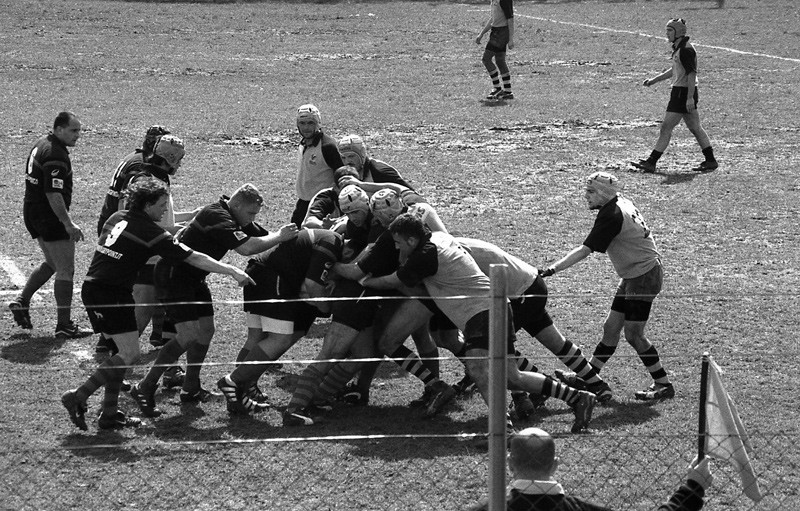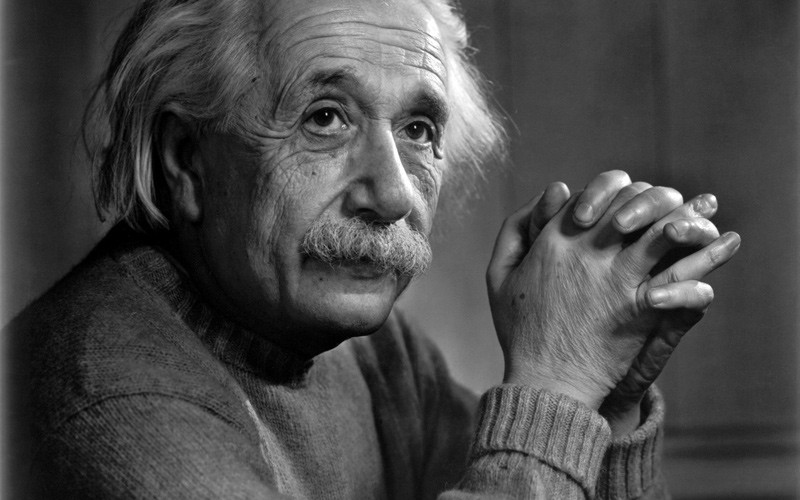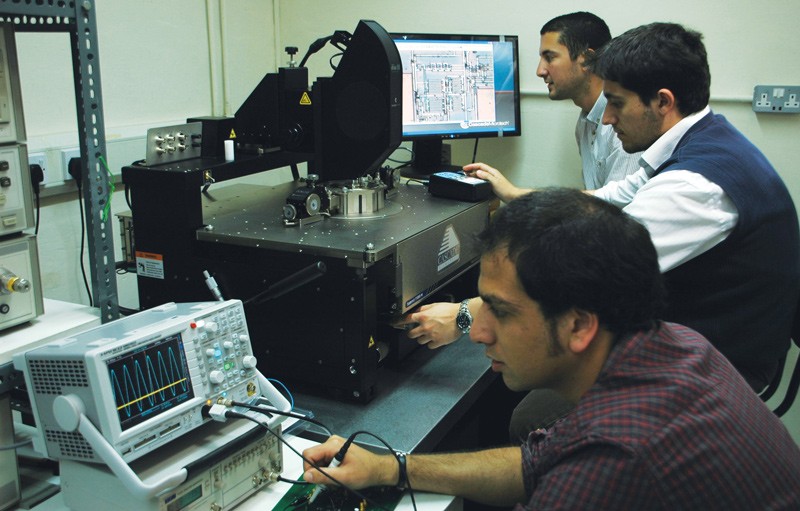Push start. Grab a weapon. Get shot. Repeat… ad infinitum. ‘Punishing’ hardly describes a session of Hotline Miami. Typically, within 10 seconds you could die three or four times. It is just as frustrating as it is challenging. Addictively, you will not give up until you pass that sneaky little passage.
Hotline Miami is an ultra-violent, psychotic game, where your only aim is to kill all the ‘bad guys’.
Yet, every little move counts, and deciding which weapons to use or which door to open first will reveal the deep strategic possibilities of the game’s intense experience. As you make your way through a pile of corpses, the suspense builds up to unbearable levels as you risk losing all in-game progress for just a little mistake. The massacre is only interrupted by brief moments that reveal details of our mysterious ‘hero’s’ back-story. Keeping true to expectation, even these interludes are awkward if not disturbing, and hardly shed light on our displaced, faceless avatar.
The excellent game tops it all with an irresistible ‘80s aesthetics and a neurotic electronic soundtrack. You’ll quickly find out why this game has stolen the show winning so many awards, and has hooked fans of Grand Theft Auto and of good old shoot’em up games. Hotline Miami is a joy in repetition, providing that being stuck in a Clockwork Orange–like scenario is your idea of joy.




